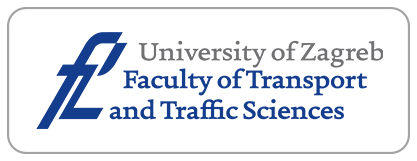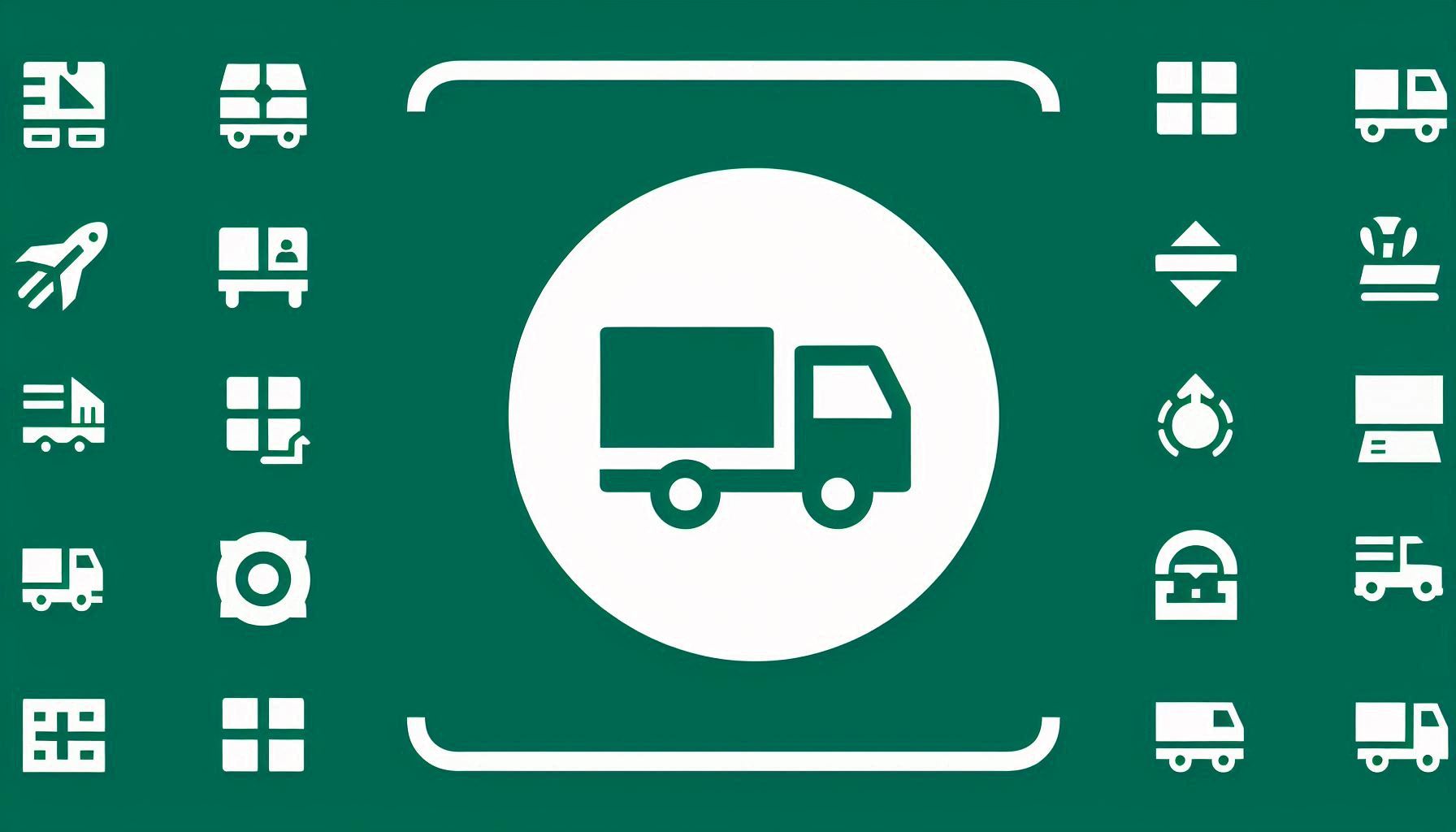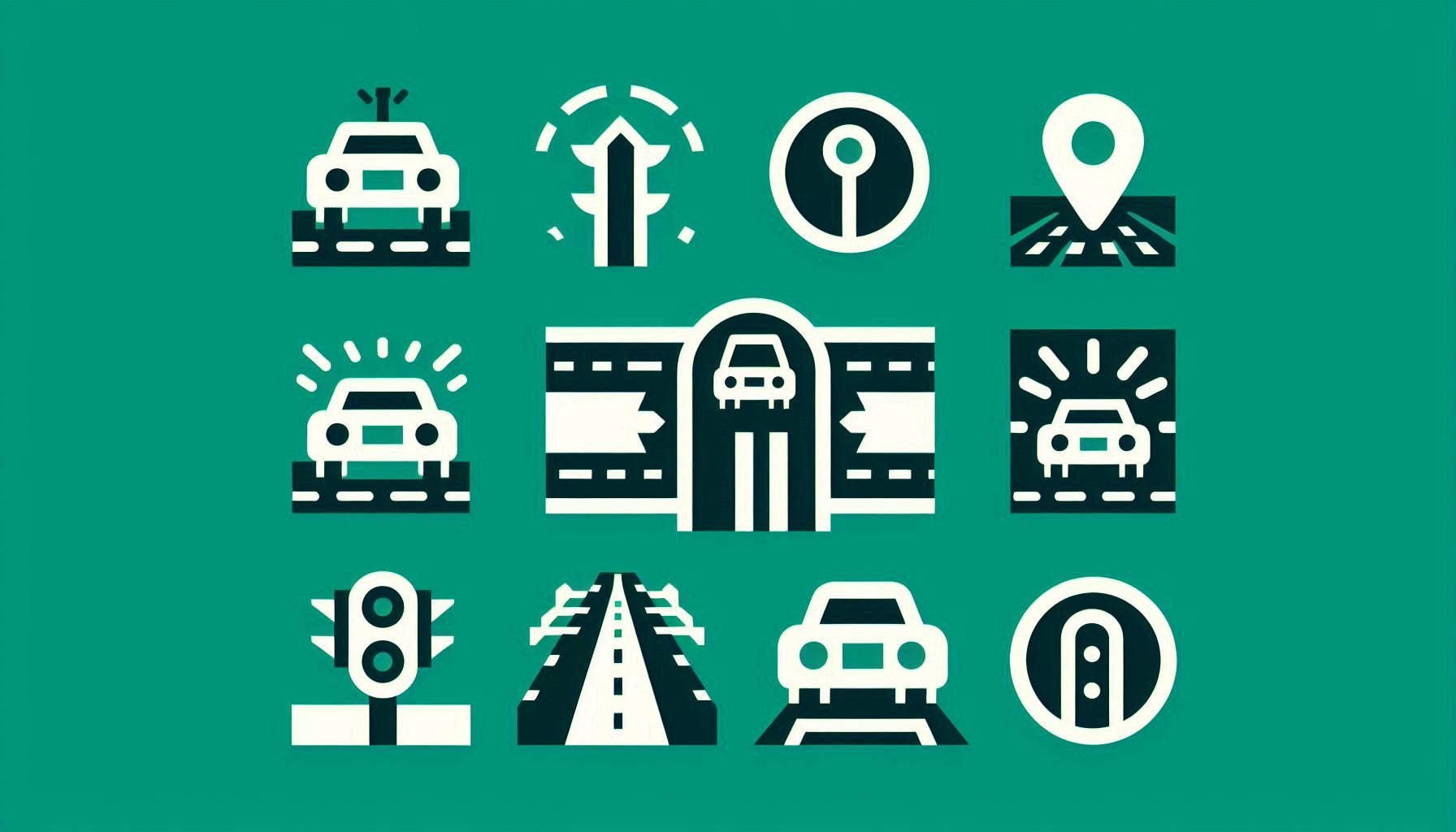A Pareto-Optimal Carbon Allowance Policy – Balancing Emission Reduction and Commuter Benefits in Urban Transportation Systems

Downloads
This paper explores the impact of the personal carbon allowance (PCA) policy on a bi-modal transportation system, examining travel mode shifts, congestion patterns and policy effectiveness. The optimal carbon allowance quantity and the policy’s social acceptability are assessed through numerical simulations and Pareto optimisation. Results indicate that, in this parametric simulation, a strict allocation of 8,650 units achieves a 64% emission reduction while meeting Pareto efficiency, whereas a higher allowance of 14,300 units prioritises public acceptance with a 41% emissions reduction. However, the effectiveness of the PCA policy is influenced by factors such as road capacity stability and the level of public transportation development. First, low or unstable road capacity diminishes behavioural shifts and carbon emission reductions. However, when accidents are promptly addressed, the policy’s effectiveness is less impacted. Second, if public transit capacity is insufficient and passengers experience overcrowding, reducing car commuters without undermining passenger benefits proves challenging. The study quantifies the trade-offs between emission reduction goals and societal welfare, identifies infrastructure limitations and demonstrates the policy’s adaptability through dynamic adjustments. Although assuming homogeneous traveller behaviour and static demand, this work establishes a framework for implementing behaviourally-informed carbon allowances policy in real-world transport systems.
Downloads
Marzeion B, et al. Limited influence of climate change mitigation on short-term glacier mass loss. Nature Climate Change. 2018;8(4):305-308. DOI:10.1038/s41558-018-0093-1.
Mazor T, et al. Global mismatch of policy and research on drivers of biodiversity loss. Nature Ecology & Evolution. 2018;2(7):1071-1074. DOI:10.1038/s41559-018-0563-x.
Pecl GT, et al. Biodiversity redistribution under climate change: Impacts on ecosystems and human well-being. Science. 2017;355(6332):9214.
Chen PY, et al. Modeling the global relationships among economic growth, energy consumption and CO2 emissions. Renewable and Sustainable Energy Reviews. 2016;65:420-431. DOI:10.1016/j.rser.2016.06.074.
Cook J, et al. Consensus on consensus: a synthesis of consensus estimates on human-caused global warming. Environmental Research Letters. 2016;11(4):048002. DOI:10.1088/1748-9326/11/4/048002.
Crowley TJ. Causes of climate change over the past 1000 years. Science. 2000;289(5477):270-277. DOI:10. 1126/science.289.5477.270.
Ritchie H. Cars, planes, trains: Where do CO2 emissions from transport come from? 2020. https://ourworldindata.org/co2-emissions-from-transport.
Timur G, et al. Energy technology perspectives 2020. IEA. 2020.DOI:10.1787/ab43a9a5-en.
Barth M, et al. Traffic congestion and greenhouse gases. University of California Transportation Center Working Papers. 2009;1(35):2-9.
Kuik O, et al. Marginal abatement costs of greenhouse gas emissions: A meta-analysis. Energy Policy. 2009;37(4):1395-1403.
Ewald J, et al. Understanding the resistance to carbon taxes: Drivers and barriers among the general public and fuel-tax protesters. Resource and Energy Economics. 2022;70. DOI: 10.1016/j.reseneeco.2022.101331.
Baranzini A, et al. Carbon pricing in climate policy: seven reasons, complementary instruments, and political economy considerations. Wiley Interdisciplinary Reviews: Climate Change. 2017;8(4) 8(4). DOI:10.1002/wcc.462.
Jiang J, et al. Research on China’s cap-and-trade carbon emission trading scheme: Overview and outlook. Applied Energy. 2016;178:902-917.
Fleming D. Tradable quotas: Using information technology to cap national carbon emissions. European Environment. 1997;7(5):139–148.DOI:10.1002/(SICI)1099-0976(199709)7:53.0.CO;2-C.
Fawcett T. Carbon rationing and personal energy use. Energy and Environment. 2004;15(6):1067-1083. DOI:10.1260/0958305043026609.
Hyams K. A just response to climate change: Personal carbon allowances and the normal-functioning approach. Journal of Social Philosophy. 2009. DOI:10.1111/j.1467-9833.2009.01449.x.
Hillman, M. Carbon budget watchers. Town and Country Planning. 1998;67(9):305.
Starkey R, Anderson K. Domestic tradable quotas: A policy instrument for the reduction of greenhouse gas emissions from energy use. Tyndall Centre for Climate Change Research. 2005.
Fawcett T, Parag Y. An introduction to personal carbon trading. Climate Policy. 2010;10(4):329-338. DOI:10.3763/cpol.2010.0649.
McNamara D, Caulfield B. Examining the impact of carbon price changes under a personalized carbon trading scheme for transport. Transport Policy. 2013;30:238–253. DOI: 10.1016/j.tranpol.2013.09.017.
Wadud Z. Personal tradable carbon permits for road transport: Why, why not and who wins? Transportation Research Part A: Policy and Practice. 2011;45(10):1052–1065. DOI: 10.1016/j.tra.2010.03.002.
Raux C, et al. Would personal carbon trading reduce travel emissions more effectively than a carbon tax? Transportation Research Part D: Transport and Environment. 2015;35:72–83. DOI: 10.1016/j.trd.2014.11.008.
Wadud Z, Chintakayala PK. Personal carbon trading: Trade-off and complementarity between in-home and transport related emissions reduction. Ecological Economics. 2019;156:397–408. DOI: 10.1016/j.ecolecon.2018.10.016.
Li W, et al. Effects of personal carbon trading on the decision to adopt battery electric vehicles: Analysis based on a choice experiment in Jiangsu, China. Applied Energy. 2018;209:478–488. DOI: 10.1016/j.apenergy.2017.10.119.
Li W, et al. Would personal carbon trading enhance individual adopting intention of battery electric vehicles more effectively than a carbon tax? Resources, Conservation and Recycling. 2019;149:638–645. DOI: 10.1016/j.resconrec.2019.06.035.
Gong L, et al. Daily travel mode choice considering carbon credit incentive (CCI)—An application of the integrated choice and latent variable (ICLV) model. Sustainability. 2023;15(20):14809. DOI: 10.3390/su152014809.
Aziz H, et al. Determining the impact of personal mobility carbon allowance schemes in transportation networks. Netw Spat Econ. 2017;17:505–545. DOI: 10.1007/s11067-016-9334-x.
Arnott R, et al. Economics of a bottleneck. Journal of Urban Economics. 1990;27(1):111–130.
Tabuchi T. Bottleneck congestion and modal split. Journal of Urban Economics. 1993;34:414-431. DOI:10.1006/JUEC.1993.1044.
Small KA. The scheduling of consumer activities: Work trips. American Economic Review.1982;72(72):467-479. DOI: 10.4028/www.scientific.net/SSP.23-24.117.
Zhang X, et al. Analysis of user equilibrium traffic patterns on bottlenecks with time-varying capacities and their applications. International Journal of Sustainable Transportation. 2010;4(1):56-74.
Zhang X, et al. Improving travel efficiency by parking allowances distribution and trading. Transportation Research Part B. 2011;45(7):1018–1034.
Wang J, et al. A hybrid management scheme with parking pricing and parking permit for a many-to-one park and ride network. Transportation Research Part C: Emerging Technologies. 2020;112:153–179. DOI: 10.1016/j.trc.2020.01.020
Copyright (c) 2025 Yaqi YANG, Xiaoning ZHANG, Greg MARSDEN

This work is licensed under a Creative Commons Attribution-NonCommercial 4.0 International License.




















